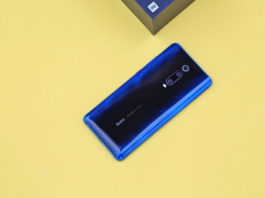The new Redmi K20 and K20 Pro flagship phones came with a pop-up mechanism for the selfie camera which afforded Xiaomi the leverage to remove all forms of screen notch from the design template. With such mechanical features, there are usually fears bothering on its durability. Xiaomi did tout the camera mechanism to have a service life of up to 300,000 pop-ups. That is a long time, you know, which may even be longer than the phone’s life cycle. The tech giant has also shared more details of the mechanism, apparently to fully convince those in doubt.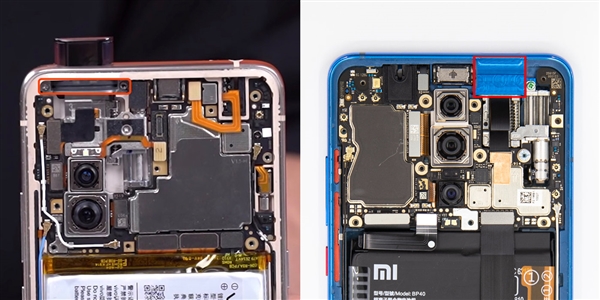
The Redmi K20 series pop-up selfie camera features a mid-frame integrated rail design that uses a spiral stepper motor to lift and lower the camera. It can be popped up in 0.8s and has 6 custom lift sounds. The front lens cover is made of sapphire, which is wear-resistant and scratch-resistant, which can provide stronger protection for multiple pop-ups.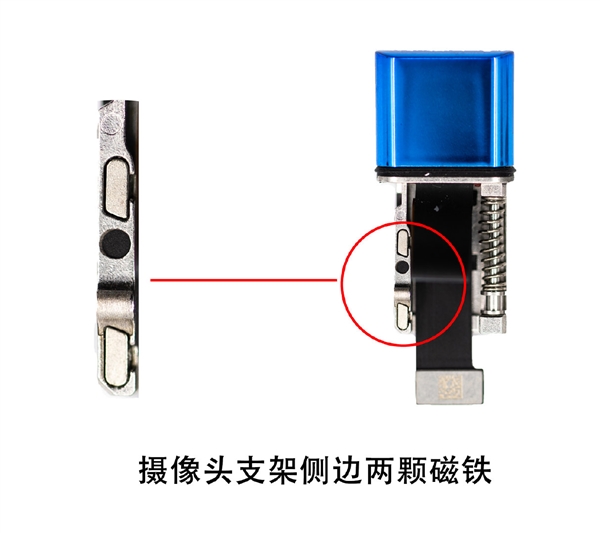
How the spiral stepper motor works
From the K20 and K20 Pro Pro teardown diagrams, it can be seen that in order to solve the conflict between the front camera and the bezel-less full screen, it uses an electric telescopic structure, and the most critical component to achieve this design is a spiral stepper motor.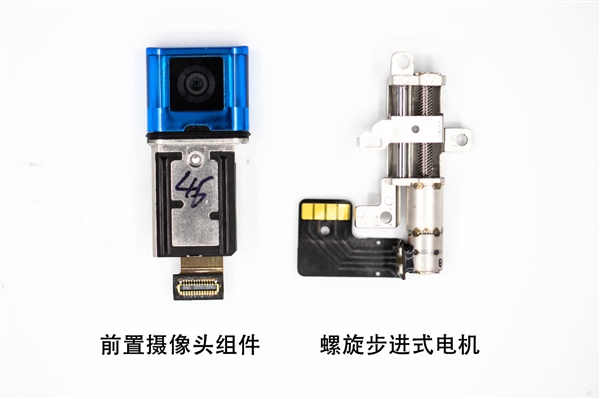
The working principle of the spiral stepping motor is similar to our daily screwing action: the screw can be screwed down clockwise, and the screw can be unscrewed in the counterclockwise direction.
The reason why the spiral stepping motor is used to realize the lifting operation, instead of the straight-through method, is mainly because the spiral stepping motor is easier to control and the long-term operation is more stable.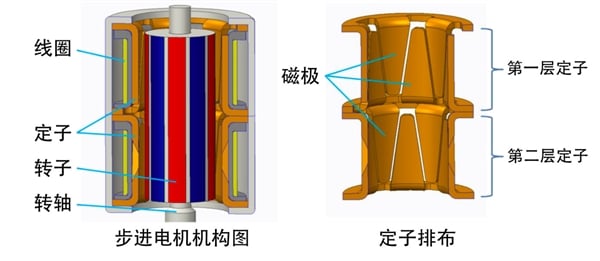
Drop protection
In order to prevent the user from accidentally dropping during use and inflict damage on the camera, the K20 and K20 Pro use the mechanism plus software to protect the pop-up camera. It will quickly retract the front camera after the drop occurs, and the inside has a spring device for protection.
EDITOR’S PICK: Redmi K20 Pro Hands On Pictures: Redmi’s first flagship phone is a cost-effective beauty
The K20 and K20 Pro have a built-in three-axis gyroscope to detect their own falling motion, the sensor inside the phone will do an extremely precise detection action and cause the camera to retract. The entire process will be completed within 100ms.
Press protection
At the same time, in order to avoid the physical damage caused by the user pressing the camera when it is raised, the K20 and K20 Pro are internally protected by spring devices, and equipped with a dual magnet + hall calibration chip to sense the displacement of the camera action.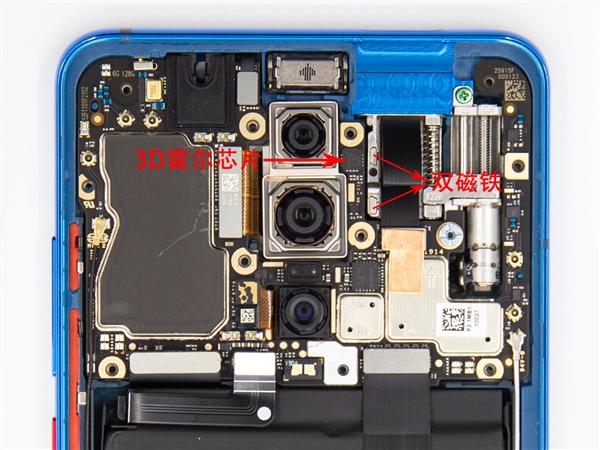
The hall calibration chip is a magnetic field sensor fabricated using the hall effect and can be used to detect the strength of the magnetic field. The reason why the two magnets are used is to allow the hall calibration chip to detect a sufficiently strong magnetic field strength.
When the lift camera moves up and down, it will drive the two magnets to move. The Hall calibration chip will record the magnetic field strength corresponding to each position of the two magnets during the lifting process of the camera. When the user presses the camera, the position of the two magnets changes to cause a change in the strength of the magnetic field.
Finally, the Hall calibration chip detects the user’s action of pressing the camera by the change of the magnetic field strength, thereby triggering the automatic retraction of the camera. The middle frame integrated guide rail design ensures the camera is stable.
UP NEXT: OPPO patent design for rotating selfie camera phone spotted
(source)

